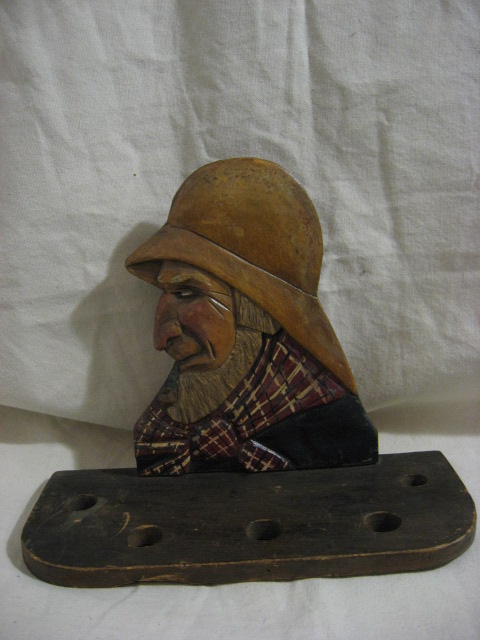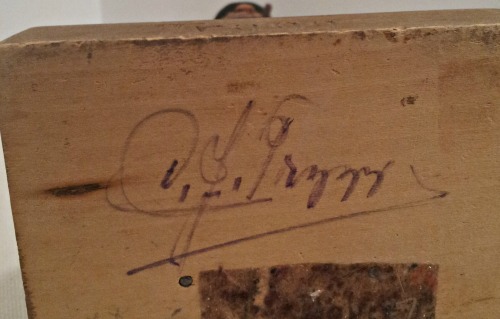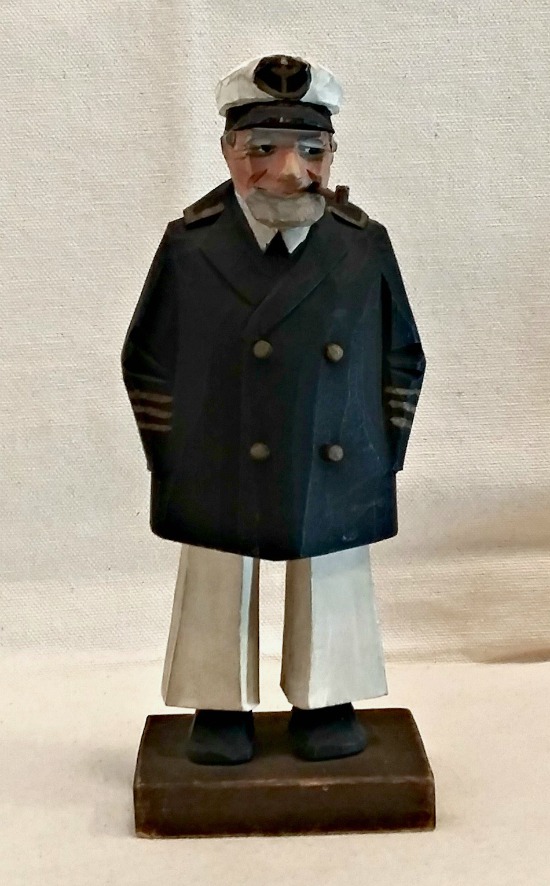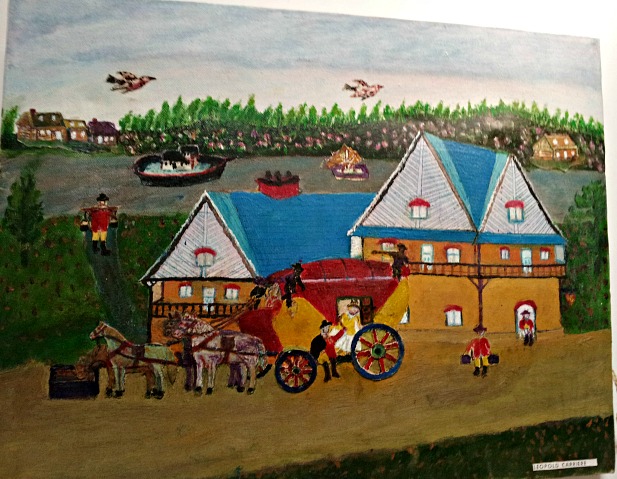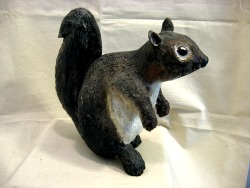The Trygg family of wood carvers. Montreal, Saint-Sauveur, Quebec. Sweden. Active most of the 20th Century.In Canada and later in Sweden.Carl Johan Trygg (B. 1887) emigrated to Halifax, Canada early in 1928 just before the Depression of the 1930’s, leaving behind a troubled Europe; still recovering from the First World War. He was joined later that same year by his wife Maria, his sons Carl Olaf, and Nils and his daughter (?) Kally Trygg. A successful sculptor already; he moved to Montreal, Quebec where he continued to make wood carvings. With a burgeoning and successful wood carving tradition already established in Quebec; Trygg adapted quickly and fit in well. As his children grew ( a third son, Lars was born in Canada) they also became working wood carvers. A relative; Ellen Trygg was also known to have made wood carvings. Their style of carving is known as Caricature carving; done in the Scandinavian Flat Plane tradition of wood carving. Similar to the Black Forest sculptures and the Anri carvings of the Italian Alps. (While the Bourgault artists of Saint-Jean-Port-Joli and other Quebec schools worked in the flat Plane style; they carved from life. Their works were not Caricature carvings.)
The artists in the Trygg family were:
Carl Johan Trygg. 1877-1954. See separate article in the Directory: http://lyleelderfolkart.com/artist-bios/carl-johan-trygg/
Carl Olaf Trygg. 1910-1993. See separate article.
Nils Trygg. 1914-1951.
Lars Trygg. (Dates Unknown)
Ellen Trygg. (Family relationship uncertain as yet.) See separate article.
Carl Johan Trygg, Carl Olaf Trygg and Nils Trygg returned to Sweden after the end of the Second World War where they resumed carving. Lars remained in North America.
Ref: Website with a background of the Trygg Family:
